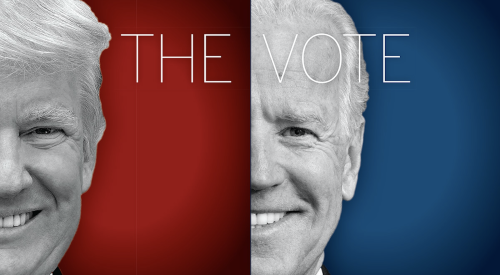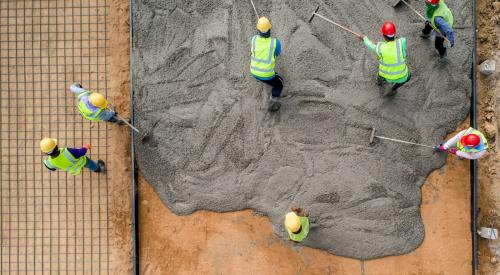In early 2000, the U.S. labor force participation rate reached its peak of 67.3 percent. Since that time, however, the rate began to steadily decline before stepping off a cliff when the Great Recession came on in full force. As NAHB’s Eye on Housing blog reports, the labor force participation rate was 62.7 percent of the civilian, non-institutionalized population in as of June 2016.
It makes sense that the rate began to decline so quickly during the financial crisis, but even as good job growth returned after the recession, the rate continued on its downward trajectory. A significant portion of this can be attributed to the fact that compared to the years between 2000 and 2007, prime age men began leaving the labor force at almost double the rate of prime age women between 2007 and 2016.
A report from the White House’s Council of Economic Advisors found men with lower levels of educational attainment have been leaving the labor force and suggests this may be because of lower wages and higher wage inequality.
A possible way to rectify this, is to try and connect these individuals with the construction industry, an industry that, since late 2011, has experienced a huge amount of openings and a downward trend in the hiring rate. The labor shortage is seen as one of the biggest challenges facing the industry right now, so connecting it with these prime age men who are looking for a way back into the labor market would be a great two-birds-with-one-stone solution.
However, boosting the labor participation for the economy as a whole may be a little trickier and may require the implementation of a number of policies, such as tax policies, to help.












